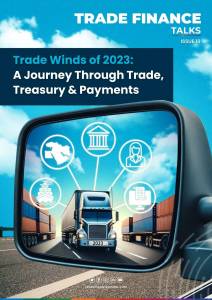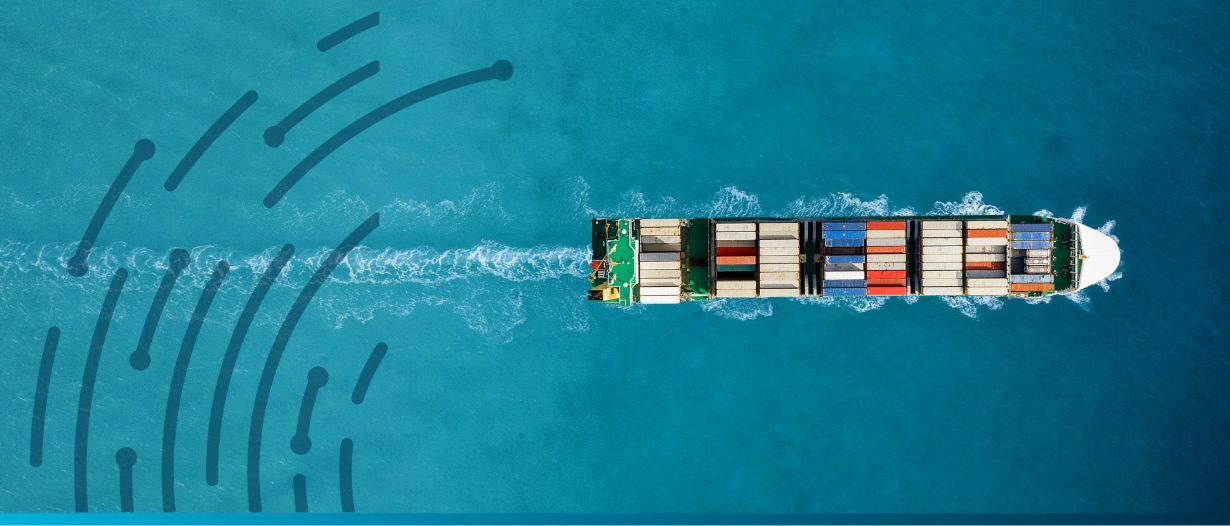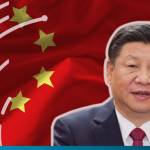According to the WTO, global trade is expected to rise 0.8% to $32.3 trillion in 2023.
But this number is an aggregate statistic. When one breaks down global trade in 2023, it is clear that it comprises a multitude of outcomes, from accelerated GDP growth in the United States and China, to stagnation in the UK and EU.
This give and take is not only relevant to economic and trade statistics, but it is applicable to the wider industry environment.
When you zoom in and look at the international trade industry, there are no clear trend lines. There are only individual cases of success, and individual cases of failure.
Simply put, 2023 was a year of highs and lows.
Collaboration: a theme across the board
In September the TFG team attended Sibos in Toronto, with a theme of “Collaborative finance in a fragmented world,” which perfectly encapsulates the current global scenario.
In the payments industry, cross-border payments continue to rise, and financing is becoming increasingly embedded in every day life. While this is an exciting time for new innovations, 40% of businesses have reported delays of more than five days for sending or receiving cross-border payments.
Developments and set backs often come hand in hand.
The lingering impacts of COVID-19, disruptions in global supply chains, geopolitical unrest, and multiple large-scale wars have all contributed to a rapidly changing trade environment.
In response, the industry is increasingly uniting to develop innovative solutions to these emerging challenges.
Challenges have emerged, but so have solutions
One of the most pressing issues in trade finance is the widening gap in funding. Reports from the Asian Development Bank indicate a rise in the 2022 trade finance gap from $1.7 trillion to $2.5 trillion, underscoring the need for more effective strategies to bridge this divide.
But there are some solutions that are emerging in the trade sector.
Our industry is witnessing a transformation as traditional funding models evolve. “Higher for longer” interest rates and economic uncertainties are leading to a shift towards alternative sources of finance, moving beyond the traditional banking models.
Both TFG Distribution Finance and the TFD Initiative are examples of the industries’ evolution in the face of challenges. TFG Distribution introduces new sources of structured capital into the market, aiming to increase the availability of liquidity and service the unmet demand for private credit.
But beyond the trade, treasury, and payments industry, 2024 has the potential to be a volatile year, as there will be elections in over 30 countries. No matter what the outcome in these countries, there are bound to be significant changes in trade and geopolitical policies.
Moreover, the industry is addressing complex cross-border payment challenges by transitioning towards more streamlined and transparent systems. This shift, driven by collaborative efforts, is simplifying the intricacies of global payments, demonstrating the power of unity in overcoming obstacles.
The urgency of reducing the carbon footprint of the trade industry is another pivotal issue that cannot be overlooked.
The trade finance industry is taking significant strides in this area, from expanding carbon accounting initiatives to aligning strategies with ESG goals. These efforts are vital for ensuring a sustainable future for global trade.
Digital solutions: Will 2024 be the year it finally comes together?
Lastly, the digital frontier remains a critical focus. 2023 showed promise in some ways, but the industry also experienced a few bumps on the way to a digital transformation.
The UK enacted the Electronic Trade Documents Act, which is a monumental step towards this digital transformation, which will be closely followed by policies in Germany, France, Spain and Italy, setting the stage for a comprehensive industry-wide shift, and the implementation of ISO 20022 is a potentially significant development in transforming messaging systems.
But, the path towards progress is never a straight line. In just one year, digital trade platforms, Marco Polo and Contour both collapsed, signalling an end to two very promising experiments.
While the challenges ahead are substantial, they are not insurmountable. We are already seeing private-public partnerships to standardise trade digitalisation, collective efforts to map trade documents, with the ICC’s KTDDE, and collaboration is increasing with the formation of the FIT Alliance.
These are all key to navigating the turbulent waters and shaping the future of trade, treasury and payments.
As always, TFG would like to thank our sponsors, who make this publication what it is, and help contribute to furthering the success of our industry.











































